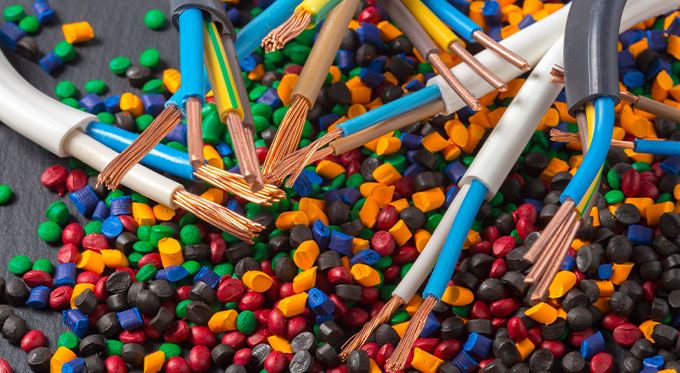Electrically Conductive Plastics: Materials Of The Future
Electrically conductive plastics are considered the material of the future that can replace traditional metal conductors. Although plastic materials are inherently insulating, they can provide electrical conductivity with some special processes and additives. Thanks to these properties, electrically conductive plastics can have an important role in many industries.
Production and Properties of Electrically Conductive Plastics
Electrically conductive plastics are generally produced by integrating conductive additives such as carbon or metal powders into the plastic polymer matrix . These additives provide electrical conductivity in the internal structure of the plastic material, making the material capable of conducting electrical current. The conductivity levels of electrically conductive plastics may vary depending on the amount of additives and the type of plastic polymer.
The properties of electrically conductive plastics offer a number of advantages over traditional metal conductors. These advantages include lightness, flexibility, formability , durability, low cost, and corrosion resistance. In addition, being able to control the color, opacity and appearance properties of plastic materials provides a significant advantage in terms of design flexibility.

Application Areas of Electrically Conductive Plastics
Electrically conductive plastics have many applications and new uses are constantly being discovered. The use of electrically conductive plastics is increasing, especially in the following industries:
Electronics Industry: Electrically conductive plastics can be used in the internal components and external coatings of mobile devices, computers, televisions and other electronic devices. Thanks to their flexibility and lightness, they provide great flexibility in the design and production of electronic devices.
Automotive Industry: In the automotive industry, electrically conductive plastics are widely used in vehicle interior and exterior components. Electrically conductive plastics, especially used in components such as interior trim parts, cable connections and sensor coverings, reduce weight and reduce costs.
Medical Industry: Electrically conductive plastics for medical devices, equipment and implants are specially formulated to be biocompatible and suitable for sterilization processes. These materials are ideal for many applications , from surgical instruments to medical sensors .
Energy Sector: Electrically conductive plastics can be used in energy transmission and distribution systems, solar panels, wind turbines and battery technologies. The low weight and durability of these materials offer significant advantages in energy production and storage.
Future Potential
The development and application of electrically conductive plastics may gain even greater importance in the future. With innovative materials science and technologies, the conductivity levels of electrically conductive plastics can be increased and made more suitable for a wider range of applications. Additionally, the development of sustainable and environmentally friendly plastic materials can further increase the use of plastics in industrial applications.
Conclusion
Electrically conductive plastics are considered materials of the future that can replace traditional metal conductors. Thanks to their advantages such as lightness, flexibility, durability and low cost, they are widely used in many industries. With innovative materials science and technologies, the potential of electrically conductive plastics may further increase and have a wider range of uses in the future.



